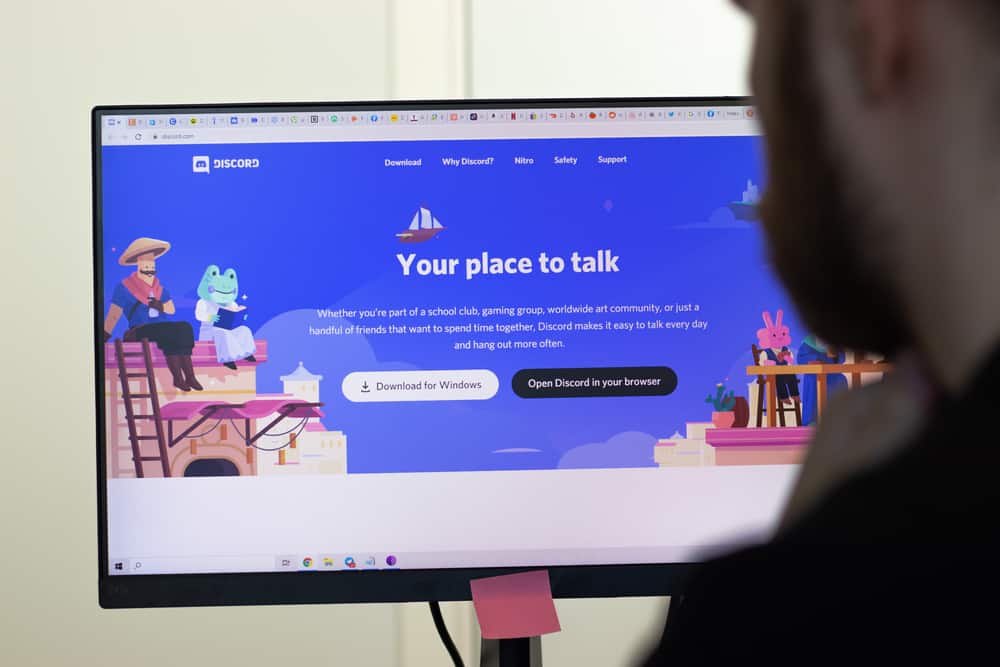
When a service like Zoom suffers an outage, it causes a significant impact on users.
Daily operations across businesses, corporations, schools, and organizations are interrupted, and users get confused.
Zoom has gone down fully or partially in several instances, but the company is always quick to resolve the issue.
But why did Zoom go down in those instances?
Various factors caused Zoom to go down in the past. These include an influx of users causing traffic surges, network disruption, cloud communications issues, degraded software performance, faulty software infrastructure, and malicious interference by cybercriminals.
Read on to discover why Zoom went down and how to find out if Zoom is down.
Overview of Instances When Zoom Went Down
Zoom has become one of the most preferred video conferencing platforms lately, thanks to its success amid the rise in remote work and online learning.
However, it has had its fair share of frustrations, the biggest being occasional outages.
These outages show in various ways, from difficulty starting video calls, joining new meetings, and unexpected termination of ongoing sessions to unresponsive Zoom home page.
One of the most popular Zoom outages occurred in March 2020, at the height of working from home and virtual learning.
It was a partial outage, where its phone services were down, making it hard for video calls to go through.
Fast forward to September 2022, Zoom went down again, this time the outage affecting meetings, video calls, and the entire home page. While the outage was brief, it was one of the most significant in Zoom’s history.
But what causes Zoom to go down?
There are various probable causes, which we will discuss below.
What Caused Zoom To Go Down?
Although Zoom does not always reveal the cause of the occasional outages, there are various probable causes.
Let’s discuss these reasons below.
Reason #1: Traffic Surge
When working from home and virtual learning became popular, most users turned to Zoom because its features made it a perfect choice.
This led to an influx of users, which caused a traffic surge that strained the platform and its servers.
With so many people scheduling and joining meetings, video calling co-workers, and streaming classes over the platform, Zoom went down for a while.
Reason #2: Degraded Software Performance
Before Zoom became a household name for virtual meetings, webinars, and virtual classes, it was a medium-sized company helping businesses and corporations communicate via video conferencing.
When demand rose and more people used the platform daily, the degraded software that supported the old platform was overwhelmed.
Zoom blamed the March 2020 outage on a ‘degraded software performance’ and assured users its software engineers were fixing the issue.
Reason #3: Network Disruption
Network disruption is another culprit of Zoom outages.
There are various root causes of network disruption, including upgrades and maintenance, network congestion, power outages in the main plants, and faulty cables and routers.
When the network is disrupted, data problems emerge, like loss of data packets, delays, and inability to handle incoming requests.
Reason #4: Cloud Communications Issues
Zoom depends on third-party cloud communications services to execute its services.
The burden can be transferred to Zoom if this cloud communications company experiences problems.
For instance, if the company suffers infrastructure failures, configuration issues, and connectivity problems, it will disrupt Zoom’s services and go down.
Reason #5: Faulty Software Infrastructure
Like many online-based services, Zoom can go down due to a faulty software infrastructure.
Faults in software infrastructure occur due to software bugs, failure to carry out regular maintenance, hardware problems, compromise from third parties, incorrect configuration, and physical damage to data centers.
In such a case, the company software engineers need to repair the systems to restore the service.
Reason #6: Malicious Interference by Cyber Criminals
Lastly, malicious interference by cybercriminals can lead to a Zoom outage.
Hackers can interfere with data transfer by introducing bugs, malicious files, and viruses to the system.
Also, some hackers can launch Distributed Denial of Service( DDoS) attacks on Zoom systems, causing unusual data traffic.
This data traffic can overwhelm the system causing Zoom to go down.
How To Find Out Whether Zoom Is Down?
You can find out whether Zoom is down in various ways.
These ways include the following.
Method #1: Checking on Zoom’s Status Page
Zoom provides a dedicated official status page to check whether its services are down.
To find out whether Zoom is down, visit Zoom’s Official Status Page.
Method #2: Confirm on Down Detector
Down Detector is one of the most reliable websites to check whether a service or app is down.
It gathers users’ reports of any problems with a service in the last 24 hours to confirm if it’s a widespread problem.
If others have the same problem, the website will let you know.
Method #3: Checking Zoom’s Official Twitter Handle
Whenever there is a major outage, Zoom communicates the issue with its users via its official Twitter handle.
If you suspect the service is down, check the company’s latest tweets.
Wrapping Up
Zoom went down in the past for various reasons.
These reasons include traffic surges, network disruption, faulty software infrastructure, malicious interference by cyber criminals, and cloud communications issues.
You can find out whether Zoom is down by checking its official status site, the Down Detector website, or Zoom’s official Twitter handle.











